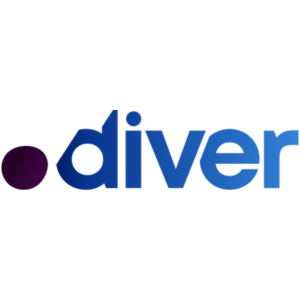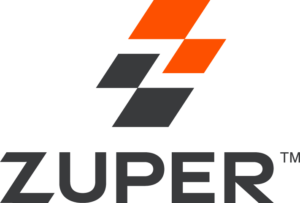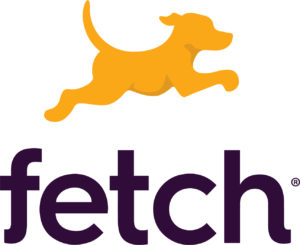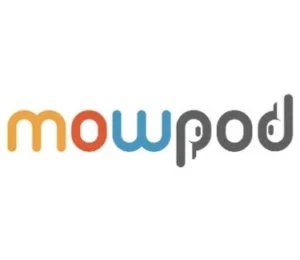Why the heck should you be sending postcards? — Jordan Crawford // Scout
Jordan Crawford
Scout

- Part 1Find your ideal accounts by their pain
- Part 2Volunteering to help unemployed marketers find work — Jordan Crawford // Scout
- Part 3 Why the heck should you be sending postcards? — Jordan Crawford // Scout
Show Notes
Quotes
-
“I’m just going tell something I do for a client here. They allow you to do targeted ads on Facebook like buy your ideal customer list. One thing that I did for them is we went to Facebook Ad library and the LinkedIn company page and we looked at the ads that their people are running now.” -Jordan“The first I think about these days is like, how do you filter out a list of companies that are still spending on marketing and maybe need help because they have an influx of customers. A good example of this is SkillJar. The traffic on their online learning platform has gone off the roof. They have an interest that is more than they can handle and they want to get out there.” -Jordan “I think people that are interested in reaching marketers and have something to say about the marketing industry are ideal customers. Most of them end up being enterprise-grade B2B SaaS companies and we got some SMBs and some growth stage companies as well. But for the most part, it is companies that are trying to get marketers to engage with their SaaS products or services.” -Ben“What we have been doing is honestly looking at all the events, people that are sponsoring events and so sponsoring a podcast doesn’t feel so far away from an understanding of the medium. We’ve been reaching out to event sponsors and our creative has turned more into, hey the event you were sponsoring was canceled and perhaps you should re-allocate that budget over here.” -Ben “I might think about adjacent areas of sponsorship like I would go subscribe for example to marketingexample.comto sponsor their newsletter and then reach out and say, ‘hey I noticed that you sponsored the recent marketingexamples.com newsletter. I loved this content, thought what you’re doing is really interesting, do you want to give this thing a shot?” -Jordan “There are two frameworks here that I like to use. The first is, I think about my bets in dollar sizes. Basically, there are 1 dollar bets, 5 dollar bets, and 100 dollar bets. If I am going to make a 100-dollar bet, the idea is I am going to benefit gigantically but it takes a lot of effort to do.” -Jordan “The other thing that I have been really obsessed with is what I call growth loops. Basically, it is product-led growth. How this works is you want to get growth on top of your existing customers. If you go to the Colorado Sun, for example, what we did is they have a little widget that is in the big circle and bottom right corner. If you click on that, what it used to say, ‘click here for the terms and conditions’ and that had like a 10th of a percent click-through rate. Their customers get tons of traffic,millions, and millions of hits a month and we just changed that language to say, ‘blah blah blah, it’s part of the Peko community, click here to learn more. And it’s now their best marketing channel.” -Jordan “I don’t think that growth loop is about virality. It’s about making it really easier for, in Trypicoscase, for example, their customer’s customer to know about you. For Scout, our growth loop was to be able to put these unsubscribe on postcards. So now, my customer’s customer is seeing information about Scout on their postcard.” -Jordan “The thing I love about the community, I’m an advisor at Commsor and I knew that they basically built Nathan Latka’s community,and they see a 9% conversion rate from joining the community to converting as a customer which is just insane.” -Jordan“I think that the key-value here in a community is really the second-order effects. That instead of dripping email and writing to them as a sales outreach, we say, ‘hey, come experience what my customers already know to be true and network with them and learn from them which results in creating this beautiful buying atmosphere where you don’t feel sold to so you feel much more comfortable to make a transaction.” -Jordan “I would try to learn more about my audience and capture their information and to do it in a way that provides value to them. That’s the key piece to keep in mind here. One of the things I did on LinkedIn that had a decent conversion rate, is I tagged my ideal leads and it was kind of a glorified lead form.” -Jordan “This is indeed a growth loop you’re thinking about, Ben. The way that this would work is, you get the people that have been an existing guest that you have done a great thing for such as being able to help them reach out to folks, share their ideas so being a guest on a podcast creates a good sense of kindness. What I mean to suggest is, what’s the incentive for them to then share something.” -Jordan “I think the way that I have solved this entrepreneur’s dilemma in the past is to whittle down to the smallest possible thing that can have the biggest possible return. In some ways, they call this the minimum remarkable product and I should say a direct return.” -Jordan “You just have to measure things. Otherwise, you’ll get too into your idea and you won’t be sure if you have the kind of return that you’re looking for.” -Jordan
- Part 1Find your ideal accounts by their pain
- Part 2Volunteering to help unemployed marketers find work — Jordan Crawford // Scout
- Part 3 Why the heck should you be sending postcards? — Jordan Crawford // Scout
Up Next:
-
Part 1Find your ideal accounts by their pain
Today we're going to discuss the strategy and techniques behind building your ideal customer database. Joining us is Jordan Crawford, the Founder at Scout, which helps companies acquire customers with postcards. In part 1 of our conversation, we are going to discuss finding your ideal customers by understanding their pain.
Play Podcast -
Part 2Volunteering to help unemployed marketers find work — Jordan Crawford // Scout
Today we're going to discuss the strategy and techniques behind building your ideal customer database. Joining us is Jordan Crawford, the Founder at Scout, which helps companies acquire customers with postcards. In part 2 of our conversation, we discuss how to find your ideal customer by isolating their pain and how Jordan uses that methodology to market via direct mail.
Play Podcast -
Part 3Why the heck should you be sending postcards? — Jordan Crawford // Scout
Today we're going to discuss the strategy and techniques behind building your ideal customer database. Joining us is Jordan Crawford, the Founder at Scout, which helps companies acquire customers with postcards. In part 3 of our conversation, we discuss how we can identify customer's pain and try to reach more people with the MarTech podcast.










